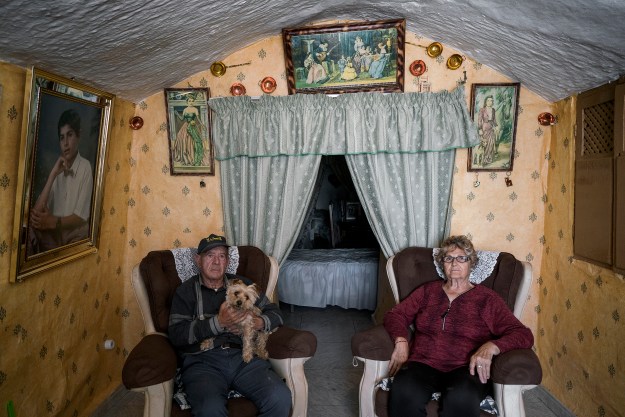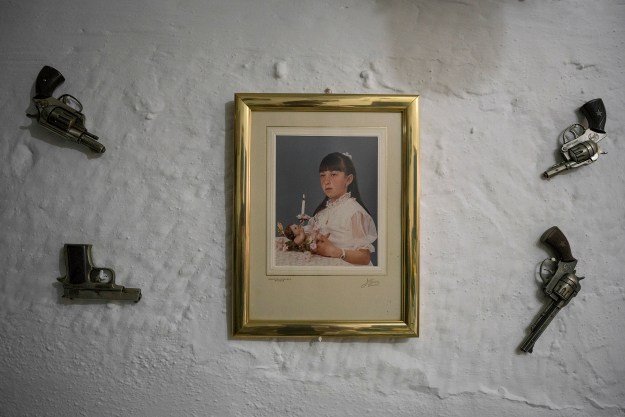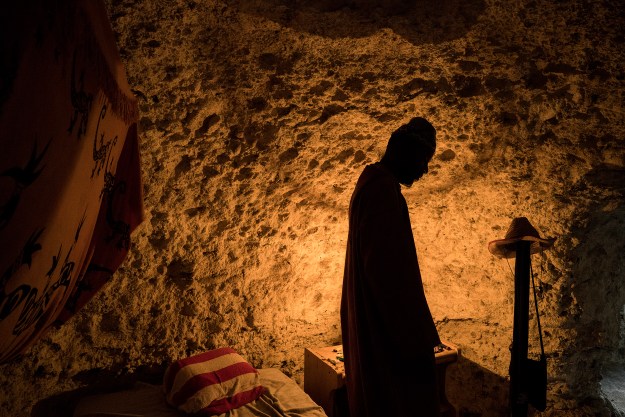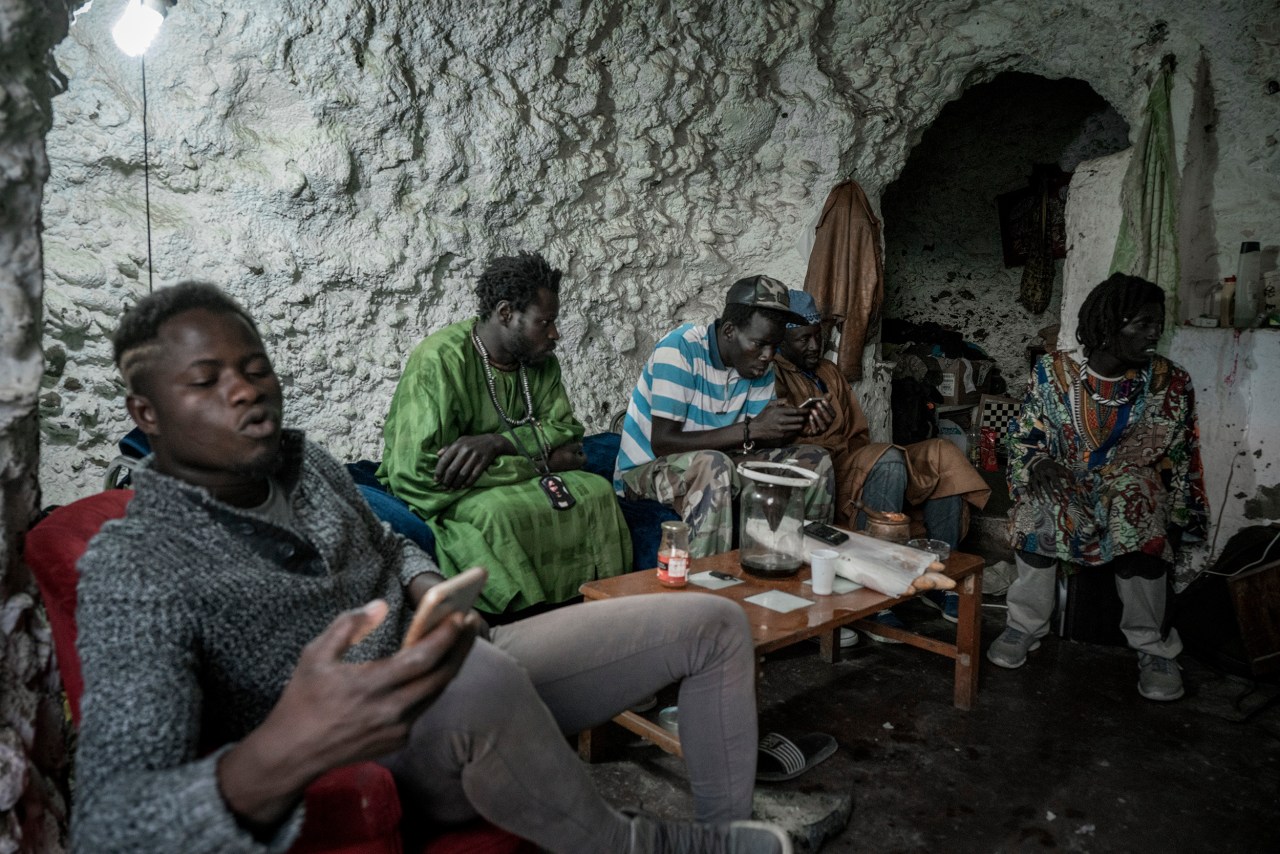Granada is known as Europe’s capital of caves. The hills of Sacromonte and Guadix contain a few thousand dwellings, where residents have lived off the land for centuries.
The caves of Sacromonte date back to the ninth century, when they were inhabited by the African slaves who constructed the Alhambra Palace. When Catholic monarchs conquered Granada in the 15th century, Muslims, Jews, and Roma fled to the mountains to escape persecution.
Many Roma continue to inhabit the caves, some claiming to be seventh-generation cave dwellers; it is said that the flamenco dance was born in these caves. It was a traditional Roma wedding dance that was banned during the Inquisition.



One of Sacramonte’s heavily adorned caves is the site of nightly flamenco performances. Royal blue chairs line the walls, and brass pots and pans hang from the ceiling, giving warmth to stone surroundings. A painting of a flamenco dancer stretches from ceiling to floor, a dominating centerpiece that stands like a patron saint to gipsano culture and tradition.
Chilean photographer Tamara Merino spent two weeks photographing residents of Sacromonte and neighboring Guadix in May 2018. She captured a tradition that is very much alive—decorated bedrooms, photo-lined walls, and children roaming the hills. “We all inhabit the world in different ways,” she said. She added that she was drawn to the rich culture and traditions that the cave dwellers (or, as she put it, trogloditas) have preserved.



The caves also reflect Europe’s changing demographics. The San Miguel section of Sacromonte is home to a small community of Senegalese immigrants; many have lived there for over a decade. Merino said many newcomers are drawn to the caves as a way to save money.
It’s a precarious living situation for both newcomers and those whose families have lived in the caves for centuries. The city council has called the residents squatters and has threatened residents with eviction.
In 2014 a demolition crew destroyed the entrances to several caves that the city said were illegally inhabited. But, Merino said, days later, residents gathered on Sacromonte’s highest paths, casting a shadow over the Alhambra as they cleared the rubble, determined to make a permanent home of the caves as others did before them.


